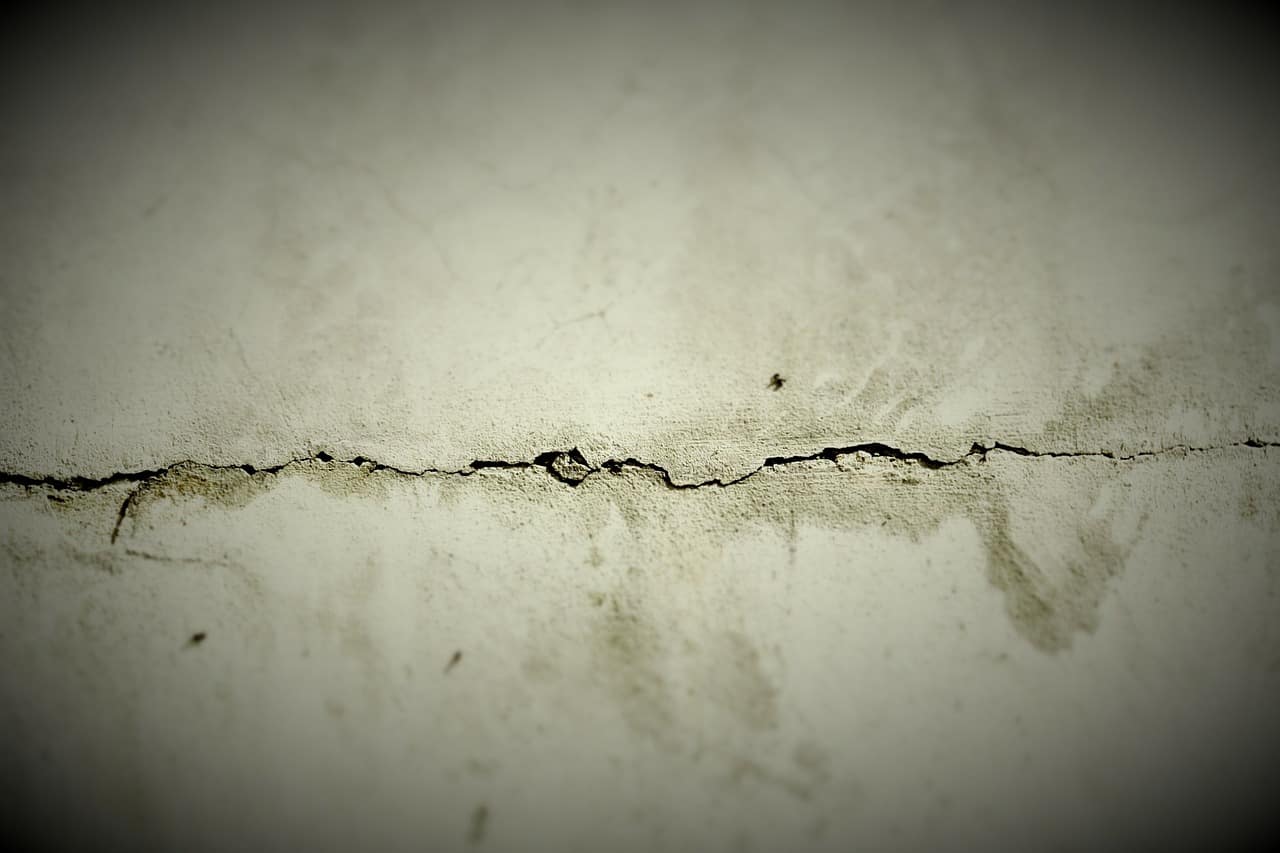The Chicagoland area has been hit with an enormous amount of rain recently. From flash floods to tornadoes, Illinois has experienced it all so far this summer. Excessive rain can pose many potential threats to homeowners: flooded basements, water damage, and leaking roofs. Water seepage can ruin belongings, and lead to costly repairs, insurance claims, and an unpleasant experience. Rain leak solutions lie in these three structural areas. Maintain these areas and your community will be secure from water damage.
First, during and after heavy rains are a great time to find water seepage issues. Watch for:
- bubbling drywall
- sagging areas on the ceiling
- brown marks on the ceiling or walls
- visible water anywhere it doesn’t belong
1) Roof maintenance
When a new roof is placed on a house or building, it most likely is accompanied by a roof warranty. These warranties will ensure your roof is repaired or replaced in case damage occurs. While having a warranty is great, having a roof maintenance plan is important also:
“The National Roofing Contractors Association (NRCA) recommends maintenance and repair be performed at least twice a year. More importantly before and after severe weather seasons such as winter in the Northern United States.”
Ensure your association has a good roof maintenance agreement in place to prevent roof leaks in heavy rain. This applies to both pitched and flat roofs. Check this off your list, and you’ll be well on your way to rain leak solutions and prevention.
2) Foundation care
For townhomes and HOAs, a crack in the foundation means water may leak into your basement. Knowing the signs of cracking before the issue occurs can save thousands of dollars down the road. Watch for the following for foundation leak detection:
- A door begins to jam or fails to latch
- Cracks appear in the walls, especially over doorways, windows or where walls meet ceilings
- Cracks open in vinyl or ceramic tile over a concrete floor
- Windows that used to open and close easily suddenly begin to stick or won’t close completely
While cracks in the foundation are not ideal, some are not worth your time worrying. Hairline cracks in the mortar are rarely worth worrying about. However, finding horizontal cracks is crucial to foundation leak detection because they can cause serious issues. The type to look out for when monitoring for leaks is a crack at an L-shaped section of the foundation, such as where a foundation tapers down to a hillside. This type of crack is not a structural issue, but you will need to plug them to avoid leaks in your basement.
Also check that your sump pump is working correctly. Associations should make sure common areas are drained properly to push water away from the building rather than towards it. And certainly if you see a leaky pipe, repair it in short order.
3) Walls and windows
Tuckpointing ensures water is not coming through the building’s walls. Likewise, implement window flashing checks to prevent or find leaking window frames. Improper window installation, and not flashing your windows correctly, are sure ways to allow water seepage. In addition to window flash checks, look for broken or missing caulk at your windows’ seams. Cracked putty also leads to a broken seal in your windows, which allows for moisture and condensation to get in between the windows. We recently wrote a full article on window condensation repair. Identifying if your windows have these issues before a severe weather season can protect you when the real weather comes. Your HOA declarations will dictate if window flashing checks are the responsibility of the owner or the association.





